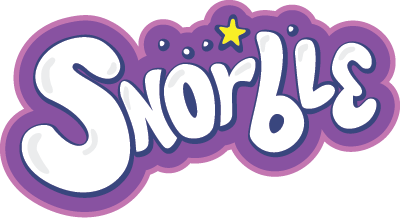No matter when you transition your child to their own bed, it's likely there will be some issues before it's accepted. Yes, we're including you when we say this since we know going from co-sleeping or a crib to another bed (and any other sign that you baby is growing-up) can be tough for the parents too. Most likely though, the bigger issue resides with your little one, and that's what we're going to focus on here.
Chances are, shifting to your child sleeping on their own isn't going to happen overnight. If it does, maybe you can tell us your secret? For most parents, there will be nights where the child won't settle, has a bad dream and wants to sleep with you, becomes anxious when you start to leave the room, etc. In order to help minimize such events, here are three things that can help bedtime run as smoothly as possible.
Self-Soothing
One of the key points Jilly from Baby Sleep Made Simple makes in regard to ensuring your child sleeps on their own throughout the night and doesn't wake too early is to encourage them to fall asleep independently.
In some cases, especially early in the morning when babies sleep the lightest, your presence can keep them from going back to sleep. However, once children are able to self-soothe and return to sleep after waking-up, they're more likely to do just that instead of getting-up or calling-out to you.
Transitional Object
In order to help with falling asleep independently, a transitional object can often be used to help comfort the child. Kermilia of the Millennial SAHM introduced a new stuffed animal specifically for her son's bedtime and nap time as he didn't have a favorite previous to that. This way, the stuffed animal was associated with a time to sleep and the child was still able to snuggle while sleeping on their own.
Signal When It's Time to Wake-up
If your child is able to fall asleep on their own at the start, but still wakes up at night and leaves their room, then Nicole of Rookie Moms suggests using technology to help signal to them when it is time to stay in their room and when they can leave. By using simple cues, your child can easily tell that it's not time to wake-up and then hopefully self-soothe to return to sleep.
Not surprisingly, Snorble® also offers great options to support your child and you in making the transition from co-sleeping or a crib to their own bed. Since Snorble engages directly with your child and can accompany them throughout the day for play, Snorble makes an excellent transitional object.
Along with this Snorble can also help your child understand when it's time to wake and when they should stay in bed by offering visual and auditory cues whenever it's obvious that your child is awake and moving. In the morning, Snorble has a gentle wake-up process that lets the child know when it's time to get out of bed and start their day.
If you're curious to learn more about how Snorble can support your family and ensure a magical bedtime experience, check-out the science behind Snorble or contact us with any questions you might have.
PREORDER NOW
Photo By Andrea Piacquadio from Pexels
Pin It



